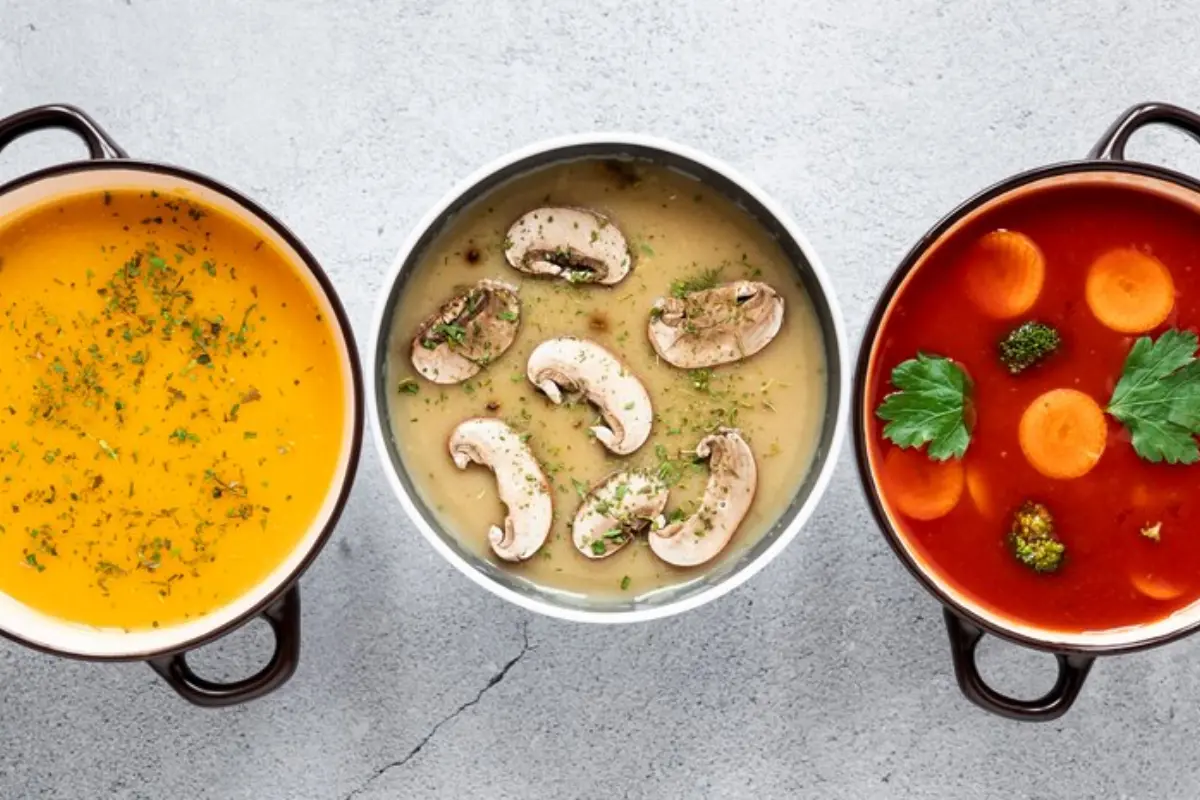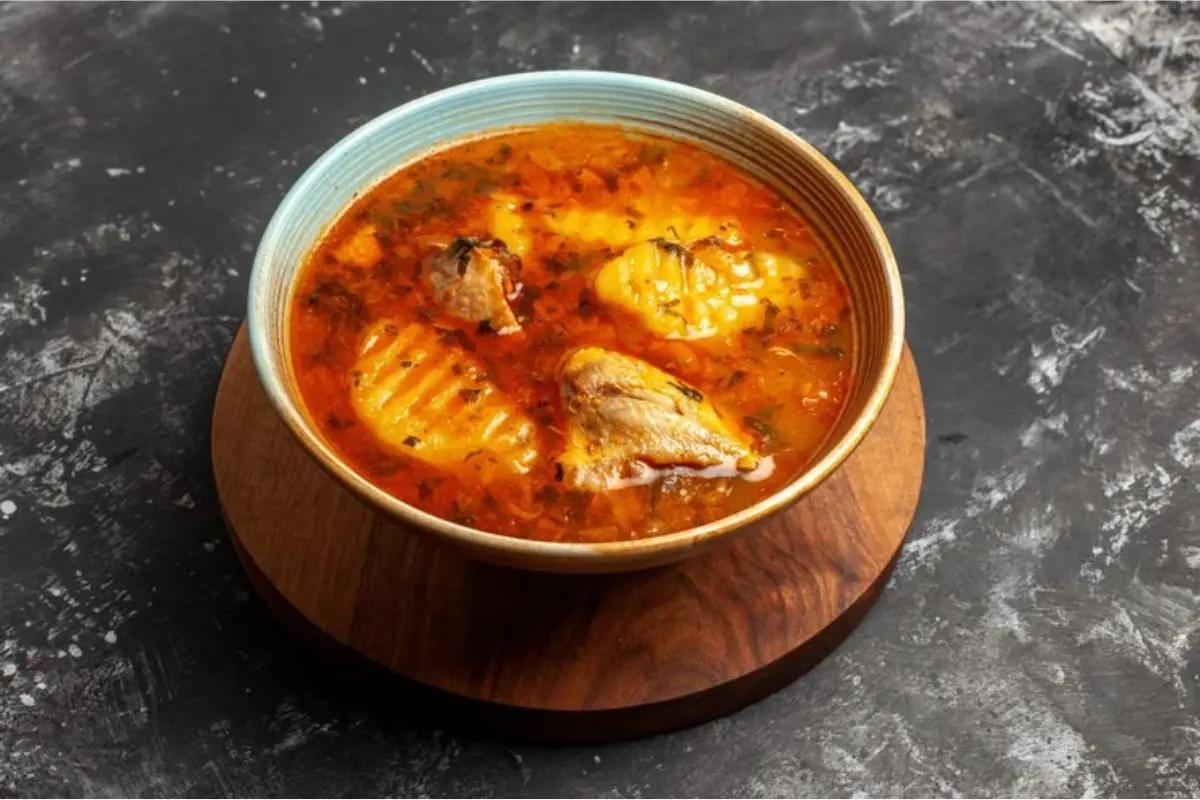Introduction to Fish Chowder
The Rich History of Fish Chowder
Fish chowder isn’t just a dish; it’s a piece of American heritage, warming hearts since the 18th century. Originating from the French word chaudière, meaning cauldron, this hearty soup found its way to the New World, where it became a canvas for regional tastes and seafood availability. The creamy New England chowder, with its roots in the old world, stands as a testament to the dish’s adaptability and enduring appeal.
Cultural Variations and Significance
From the docks of New England to the shores of Manhattan, fish chowder tells a tale of rivalry and unity. The addition of tomatoes by Portuguese immigrants birthed the Manhattan style, sparking a friendly feud with the cream-based New England version. Yet, beyond the competition lies a shared love for this comforting bowl of seafood goodness, making chowder a beloved dish across the American landscape.
Stay tuned as we delve deeper into the world of fish chowder, exploring the best ingredients, recipes, and tips to bring this classic dish to your table. Whether you’re a seasoned chowder enthusiast or new to the game, there’s always something new to discover in the world of fish chowder.
Essential Ingredients for Fish Chowder
Selecting the Right Fish: Cod, Haddock, and Alternatives
When it comes to fish chowder, the star of the show is, well, the fish. Cod and haddock steal the spotlight for their flaky texture and mild flavor. But hey, don’t fret if you can’t find them. Pollock or even flounder can jump in as understudies. Remember, the key is fresh, sustainable seafood. It’s not just good for the ocean; it tastes better too!
Vegetables and Herbs: Building Flavor Layers
Now, let’s talk veggies. Potatoes are a must for that hearty bite. But why stop there? Leeks and fennel can add a sweet and aromatic twist. And herbs? Parsley and thyme are like the cherry on top, infusing the chowder with fresh, herby notes.
Creamy vs. Broth-Based: Understanding the Base
Here’s where paths diverge. Are you team creamy or team clear broth? The creamy New England style is all about that rich, velvety base. But if you’re watching the waistline, a clear broth can be just as tasty. It’s all about balancing flavors and textures to create your perfect bowl of chowder.
So, armed with the right fish, a medley of veggies, and your choice of base, you’re well on your way to chowder perfection. Stay tuned as we dive into the nitty-gritty of crafting your chowder masterpiece in the next section.
Step-by-Step Fish Chowder Recipe

Preparing Your Ingredients
First things first, let’s get everything chopped and ready. Dice those potatoes for a good bite. Chop leeks and fennel for a sweet touch. And the fish? Cut it into hearty chunks. It’s all about prep!
Cooking Techniques for Perfect Consistency
Now, heat up your pot. Start with butter or oil, then sauté your veggies until they’re soft. Next, in go the potatoes and your liquid base. Let it simmer. This is where the magic starts. The potatoes soften, and the broth gets flavorful.
Incorporating Fish and Potatoes
Once the potatoes are tender, it’s fish time. Gently add your fish chunks to the pot. Let them poach in the simmering broth. They’ll cook to perfection, flaky and tender. Lastly, stir in some cream if you’re going creamy. And there you have it, a chowder that’s sure to impress.
So, with your ingredients prepped and your cooking technique down, you’re all set to make a fish chowder that’s both comforting and delicious. Next up, we’ll explore how to add your own twist to this classic dish. Stay tuned!
Customizing Your Chowder
Innovative Variations: Adding Personal Touches
So, you’ve mastered the classic recipe. What’s next? It’s time to make it your own. Consider throwing in some clams, shrimp, or even scallops for a seafood bonanza. Each addition brings its unique flavor, making your chowder a one-of-a-kind creation.
Accompaniments and Sides: Completing the Meal
Now, no chowder is complete without its trusty sidekicks. Oyster crackers add a delightful crunch, while a slice of rustic bread is perfect for soaking up every last drop. And for a fresh twist, why not pair it with a crisp green salad? Together, they turn your chowder into a feast.
By now, you’re equipped to not only whip up a classic fish chowder but also to infuse it with your personal flair. Next, we’ll dive into the nutritional benefits of this comforting dish, ensuring your chowder is as wholesome as it is delicious. Stay tuned!
Nutritional Profile of Fish Chowder

Health Benefits of Key Ingredients
Diving into the nutritional side, fish chowder is more than just comfort food. The fish itself is a powerhouse of omega-3 fatty acids, great for heart health. And those potatoes? They’re packed with potassium and fiber. Plus, if you’ve added leafy greens or veggies, you’re getting a vitamin boost too.
Caloric Content and Dietary Considerations
Now, let’s talk numbers. A creamy chowder can be rich in calories, thanks to the cream. But fear not! Opting for a broth-based version or using low-fat dairy can lighten the load. It’s all about making choices that fit your dietary needs.
Making Healthier Choices: Low-Fat and Dairy-Free Options
For a healthier twist, consider coconut milk for creaminess without the dairy. Or, thicken your chowder with pureed veggies for a fiber-rich alternative. These swaps keep your chowder on the lighter side, without skimping on flavor.
So, with these insights, you can enjoy your fish chowder knowing it’s not just tasty but also nourishing. Up next, we’ll tackle common pitfalls and share tips to ensure your chowder is perfect every time. Stay tuned!

